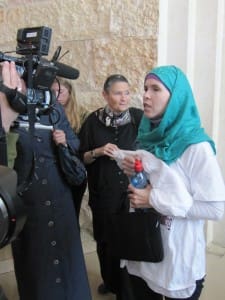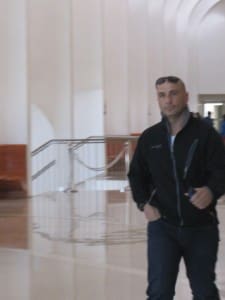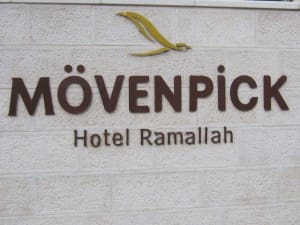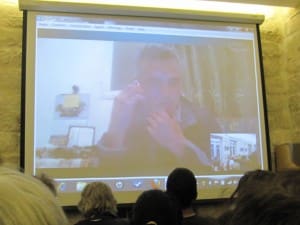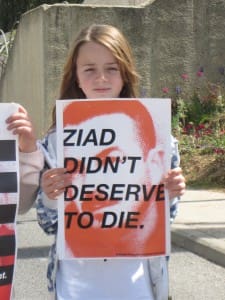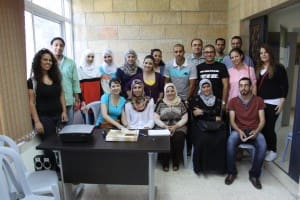My headline for the article I wrote that appeared in The Guardian was “Jilani Family Cautiously Hopeful as Israel Impunity Stands Trial.” Having spoken recently to Ziad Jilani’s widow, I confirm this is true: something feels different about this case, which is currently under consideration by the Israeli Supreme Court.
Please read the article and voice your comments on this blog. Will Israel again protect their police despite violations of human rights? Or will they, in this case, admit that wrong is wrong and hold those responsible to account?
